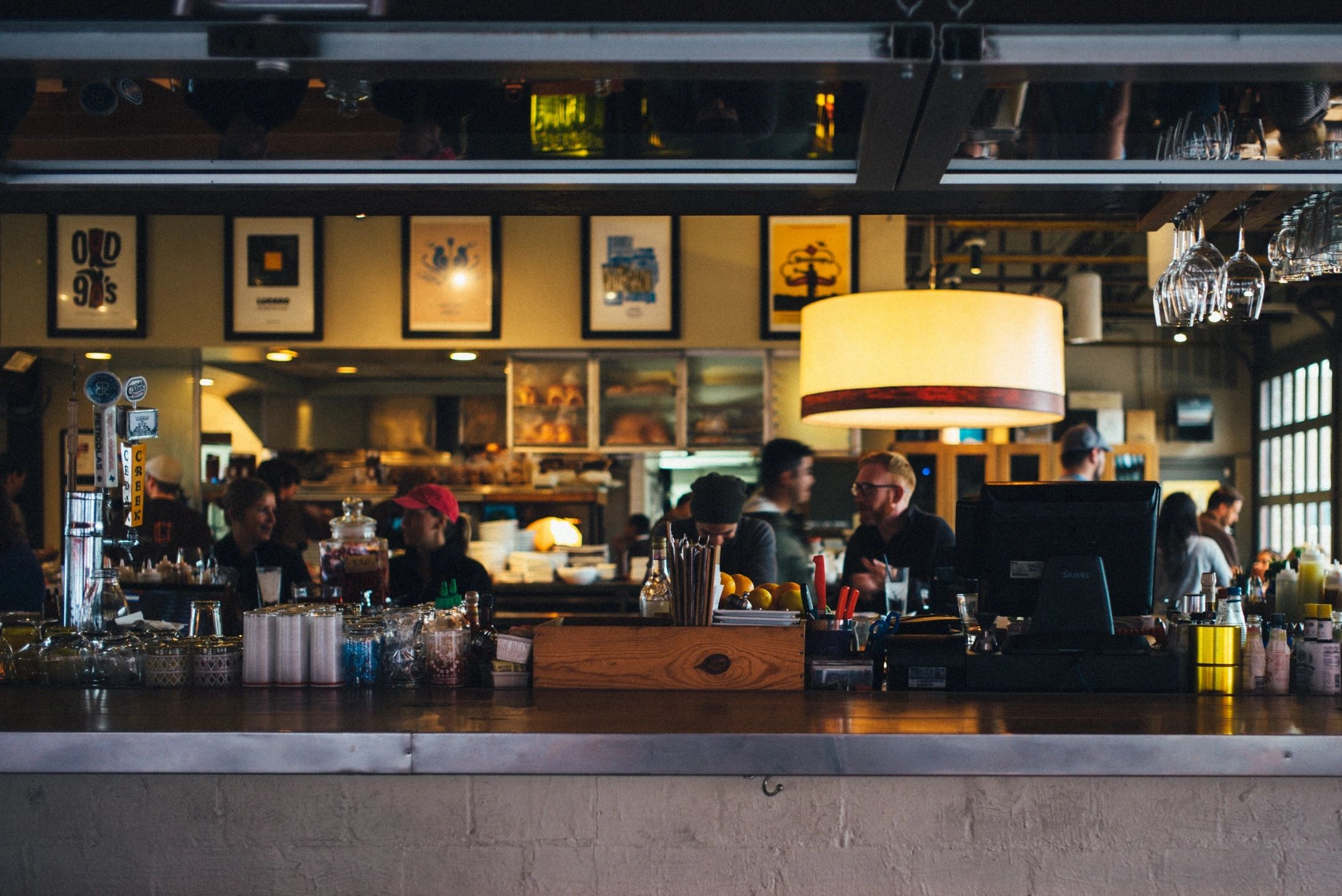The menu is the cornerstone of any restaurant’s brand, and it’s one of the first things that customers see when they walk through the door. It’s also one of the most critical factors in determining the success of a restaurant. A well-designed menu can help increase sales, drive customer loyalty, and establish a positive reputation for your restaurant. In this article, we’ll discuss the key elements of effective menu design and how you can use them to boost your restaurant’s bottom line.
The Layout
The layout of your menu is the first thing that customers will notice, and it sets the tone for the entire dining experience. A cluttered and confusing menu can turn customers off, while a clean and organized menu can be inviting and easy to navigate. Consider using clear, concise language and bold headings to break up the text, making it easier for customers to find what they’re looking for. You should also think about the size and font of your menu, as this can impact readability. A menu that’s too small or uses a difficult-to-read font can be frustrating for customers, while a menu that’s too large or uses too many different fonts can be distracting.
The Photography
Photography is another critical component of effective menu design. High-quality images can help customers visualize the food and make it more appealing. However, it’s important to use professional, high-quality photography that accurately represents the food. Poor quality images can be off-putting, and customers may not order a dish if they don’t know what it looks like.
The Pricing
Pricing is an important factor in menu design, and it can impact customer behavior. You should consider the cost of each item, as well as the value that customers receive for their money. For example, if a customer feels that they’re getting a good deal, they’re more likely to order more. Conversely, if they feel that the prices are too high, they may choose to dine elsewhere. Consider using symbols or highlighting to indicate special deals or menu items that are particularly popular.
The Description
The description of each menu item is critical, as it provides customers with the information they need to make a decision. This includes the ingredients, cooking method, and any special preparation instructions. Consider using descriptive language that evokes the sensory experience of eating the dish. For example, instead of simply listing the ingredients, you could describe the dish as “juicy, grilled chicken with a crispy skin, served with a side of roasted vegetables.”
The Organization
Organizing your menu is important, as it can impact customer behavior. For example, if you place the most profitable items near the front of the menu, customers are more likely to see them first. Consider using categories such as “Starters,” “Entrees,” and “Desserts” to help customers navigate the menu. You can also consider using symbols or highlighting to indicate special deals or menu items that are particularly popular.
Conclusion
Effective menu design is a critical factor in the success of your restaurant. By using these key elements, you can create a menu that appeals to customers, increases sales, and establishes a positive reputation for your restaurant.

